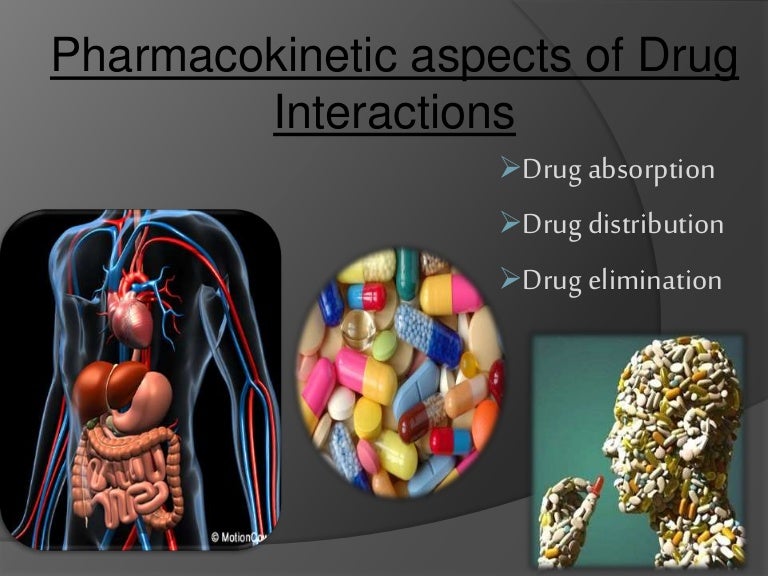
In human liver microsomes, the mean 50% inhibitory concentrations (IC50) for PJ and GFJ versus CYP3A (triazolam α-hydroxylation) were 0.61% and 0.55%, (v/v) respectively, without preincubation of inhibitor with microsomes. The effect of pomegranate juice (PJ) or grapefruit juice (GFJ) on CYP3A activity was studied in vitro and in healthy human volunteers. These findings could help interpret the in vivo pharmacokinetics of aplidine. Further, the metabolites formed by CYPs can be conjugated by UGT, SULT and GST. These results provide evidence that CYP3A4 has a major role in metabolising aplidine in vitro with additional involvement of CYP2A6, 2E1, and 4A11. In accordance with the findings in microsomes and CYP supersomes, a significant effect of specific CYP2A6, 2E1, 3A4 and 4A11 inhibitors on the cytotoxicity of aplidine in Hep G2 and IGROV-1 cells could be observed.

However, the aplidine metabolites formed by CYP were further conjugated by the phase II enzymes UGT, GST and SULT. No conjugation was observed in human liver S9 fraction. Four metabolites were observed after incubation with human liver microsomes, one formed by CYP2A6 (C-demethylation) and three by CYP3A4 (hydroxylation and/or C-dealkylation). Using CYP supersomes and liver microsomes, it was shown that aplidine was metabolised mainly by CYP3A4 and also by CYP2A6, 2E1 and 4A11. Aplidine was metabolised by carboxyl esterases in human plasma. To assess the biotransformation pathways of aplidine and their potential implications for human pharmacology and toxicology, the in vitro metabolism of aplidine was characterized using incubations with human plasma, liver preparations, cytochrome P450 (CYP) and uridine diphosphoglucuronosyl transferase (UGT) supersomes in combination with HPLC analysis and cytotoxicity assays with cell lines. However, the enzymes involved in the biotransformation of aplidine and thus its pharmacokinetics are not known yet. purpurea products (roots and/or aerial parts) do not appear to be a risk to consumers.Īplidine is a potent marine anti-cancer drug and is currently being investigated in phase II clinical trials. Given our findings, the estimated risk of taking echinacea products (1 in 100 000), the number of echinacea doses consumed yearly (> 10 million), the number of adverse events (< 100) and that the majority of use is short term, E. However, further pharmacokinetic testing is necessary before conclusive statements can be made about echinacea drug–herb interactions. Currently there are no verifiable reports of drug–herb interactions with any echinacea product. purpurea appear to have a low potential to generate cytochrome P450 (CYP 450) drug–herb interactions including CYP 450 1A2 (CYP1A2) and CYP 450 3A4 (CYP3A4). Only eight papers containing primary data relating to drug interactions were identified. This critical review assessed the occurrence of drug interactions with one of the top selling botanical remedies, echinacea including Echinacea angustifolia, E. To provide accurate information on drug–herb interactions healthcare providers must account for product verification, dosage, medicinal plant species, and plant part used. Unfortunately, many of the reviews on drug–herb interactions contain overstated or inaccurate information. induction or inhibition) with natural constituents is also reviewed.Īccurate information concerning drug–herb interactions is vital for both healthcare providers and patients.


Data on CYP450 enzymes in activation (i.e. We also document the interactions between herbal constituents & CYP enzymes showing potential drug-herb interactions. This review documents the involvement of CYP enzymes in the metabolism of known available drugs and herbal products. John's wort (Hypericum perforatum), garlic (Allium sativa), piperine (from Piper sp.), ginseng (Ginseng sp.), gingko (Gingko biloba), soya beans (Glycine max), alfalfa (Medicago sativa) and grape fruit juice show clinical interactions when co-administered with medicines. The inductions and inhibition of CYP enzymes by natural products in the presence of a prescribed drug has led to adverse effects. Gaining mechanistic knowledge towards such interactions has been accepted as an approach to avoid adverse reactions. The majority of serious cases of drug interactions are as a result of the interference of the metabolic clearance of one drug by yet another co-administered drug, food or natural product. The CYP activities have been shown to be involved in numerous interactions especially between drugs and herbal constituents. The CYP P450 enzymes constitute a large superfamily of haem-thiolate proteins involved in the metabolism of a wide variety of both exogenous and endogenous compounds. Cytochrome P450 (CYP P450) enzymes are a superfamily of mono-oxygenases that are found in all kingdoms of life.


 0 kommentar(er)
0 kommentar(er)
